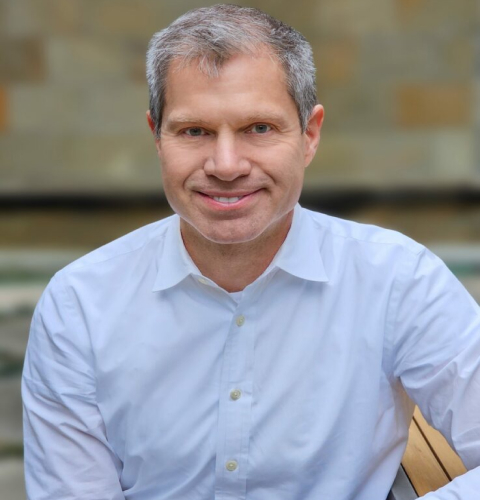The central question
In a recent video conversation Mark Lewinter and Andrea Lewinter, of Metro Acupuncture, a trusted Atlanta acupuncture clinic, addressed a concern that shadows many middle-aged Americans. What single, practical measure can help prevent type 2 diabetes as the years pass? Drawing on current research and clinical experience, they offered a clear prescription: lift something heavy and do so with consistent intent to reduce muscle loss and build muscle mass.
Why muscle is glucose capital
Skeletal muscle absorbs roughly three quarters of the glucose that circulates after a meal. Starting around age thirty, adults surrender three to eight percent of muscle mass each decade, a rate that often doubles after sixty. Less muscle means fewer glucose transporters, more sugar lingering in the bloodstream, and a steady rise in insulin resistance. It is no surprise that close to one quarter of adults past sixty-five now meet the criteria for type 2 diabetes.
Strength training and the evidence
In the YouTube video below Dr. Mark and Andrea Lewinter cited a randomized study that followed adults with prediabetes or early diabetes for nine months. Participants were assigned to one of three protocols: weight training, cardio exercise, or a combination of the two. While every group benefited, the largest and most durable reduction in hemoglobin A1C occurred in the weight training cohort, where regular resistance work trimmed the three month blood sugar marker by roughly one percentage point. Two or three focused sessions each week were enough to shift outcomes.
An older wisdom meets modern science
Classical East Asian physicians long ago linked muscle vitality with appropriate sweetness in the diet. Within the Five Element framework, muscle belongs to the earth element, whose flavor is sweet. In that view, a diet barren of wholesome complex carbohydrates weakens muscle, while an excess of refined sweetness burdens it. Although the language differs, the insight aligns with contemporary findings: balanced nourishment and regular muscular effort preserve the body’s primary reservoir for glucose management. Readers who would like a concise overview of acupuncture research can consult the National Institutes of Health summary on acupuncture in depth.
Strength Building Inside the Living Room
You don’t have to go to the gym to build muscle. Transform everyday objects into training tools by grabbing a sturdy detergent bottle or two bags of rice whenever the television switches to a commercial break. Direct these improvised weights toward presses, rows, and squats so the largest muscle groups such as legs, back, and chest perform most of the work and draw the greatest share of glucose out of circulation. Select a load that makes the final repetitions genuinely demanding while remaining safe for your joints, then keep each session brief and consistent. Five focused minutes a day will often achieve more than an ambitious hour that never materializes. Let enjoyment guide your persistence whenever it appears; if joy is absent on a given day, steady discipline will still deliver meaningful metabolic rewards.
An open invitation
Strength work requires no elaborate equipment, yet sore joints or recent illness can stall good intentions. Metro Acupuncture offers treatments that reduce pain, support recovery, and foster the steady energy needed for a regular training habit. Schedule a visit in Atlanta to discuss a plan that fits your body and your goals.
Building muscle will not solve every health challenge, but it remains one of the most accessible tools for curbing insulin resistance and safeguarding long term well-being. Pick up something substantial today, then return to it tomorrow.
We at Metro Acupuncture in Atlanta, Georgia, would be delighted to meet you and support your wellness journey. You can schedule your initial and follow-up acupuncture appointments online here.
-
Mark A. Lewinter, DACM, L.Ac. has a Doctor of Acupuncture and Chinese Medicine degree from Pacific College of Health and Science and a Master of Science degree in Oriental Medicine from Southwest Acupuncture College. His interest in studying East Asian Medicine started at age thirteen when he was diagnosed with cancer. While undergoing chemotherapy, he also incorporated alternative medicine to facilitate his recovery.
View all posts
